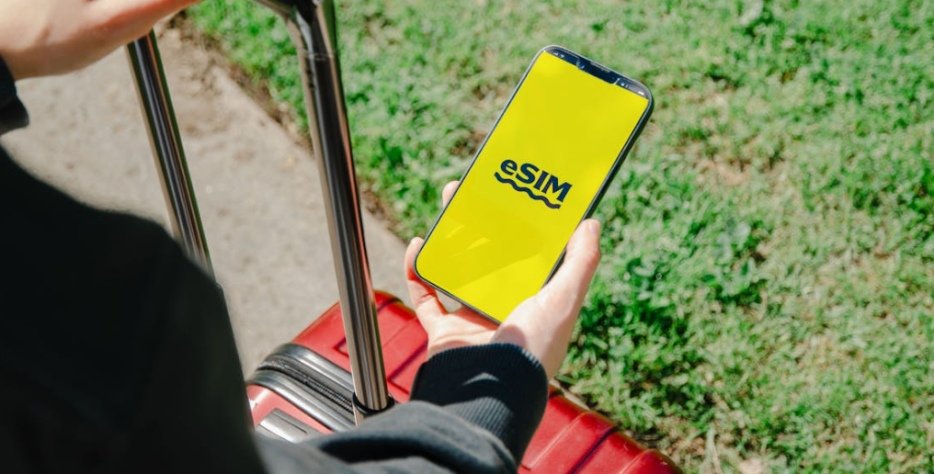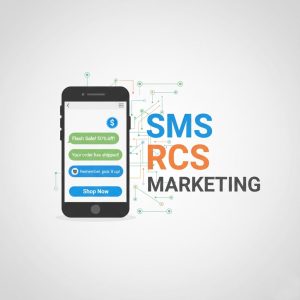Mobile User Journey Best Practices

The rise of mobile technology has redefined how businesses interact with their customers. With mobile devices accounting for over 58% of global website traffic, designing a seamless mobile user experience (UX) is no longer optional. Customers expect intuitive navigation, fast-loading pages, and personalized interactions on their small screens.
This blog dives into the best practices for optimizing the mobile user journey. Whether you’re an app developer, a UX/UI designer, or a business owner hoping to improve your online presence, this guide will show you how to keep users engaged, convert visitors into customers, and create loyalty.
The Importance of Mobile User Journeys
A mobile user’s experience isn’t just about how aesthetically pleasing your site or app looks. It’s about guiding users seamlessly toward their goals, whether that’s making a purchase, signing up for a newsletter, or learning more about your services.
Failing to optimize the mobile user experience can have serious consequences. Did you know that over 50% of users abandon a webpage if it takes more than 3 seconds to load, or that 40% of users switch to a competitor after a bad mobile experience?
For businesses, this means one thing – getting the mobile user experience right is critical. Now, let’s explore the time-tested best practices that make a mobile user’s experience intuitive, enjoyable, and highly effective.
Best Practices for Mobile User Journeys
Optimize Page Load Speed
First impressions matter, and mobile users are notoriously impatient. Slow-loading content can cause frustration and result in users leaving your site altogether. To speed up your mobile pages:
- Use caching tools to load frequently visited pages faster.
- Compress high-resolution images and videos to reduce load time.
- Minimize redirects and make server requests more efficient.
For instance, Google suggests aiming for a load time of under 2 seconds for better engagement. Use tools like Google PageSpeed Insights to identify weak areas and improve load times.
Simplify Navigation
Mobile screens are small, so simplicity is key. Avoid overwhelming users with cluttered menus or multiple navigation options. Here’s how to streamline navigation:
- Use a collapsible hamburger menu to keep the interface clean.
- Enable sticky navigation bars for easy access to core pages.
- Keep navigation accessible with thumb-friendly designs, ensuring clickable areas are large enough.
For example, popular eCommerce app ASOS uses clear icons and a “sticky footer” that keeps navigation options accessible at all times.
Design for One-Handed Users
Studies have shown that 75% of users interact with their mobile devices using only their thumbs. This means you need to cater to one-handed users with ergonomic designs:
- Place key elements like buttons, menus, and CTAs within the “thumb zone” for easy access.
- Avoid placing interactive content too close to the edges, where it’s hard to reach.
- Ensure clickable elements like buttons are large enough to tap comfortably.
Apps like Spotify and Instagram excel here, with user interfaces tailored for effortless thumb interaction.
Use Responsive Design
Responsive design ensures your website adapts seamlessly to any screen size, providing a consistent experience across devices. With the countless devices available, responsive design is a must to:
- Automatically adjust layouts to fit different screen dimensions.
- Maintain clarity and readability for diverse user devices.
- Reduce the need for zooming or horizontal scrolling.
Tools like Media Queries and CSS Grids allow developers to create dynamic layouts for optimal responsiveness. Don’t forget to test your site on various devices to ensure compatibility.
Prioritize Content Hierarchy
Mobile users consume content differently than desktop users. They typically skim pages and focus on key elements. To cater to this behavior, organize content with a clear hierarchy:
- Place the most important information at the top of the screen.
- Use attention-grabbing headlines and subheadings to guide the reader through the page.
- Make liberal use of white space to reduce visual clutter.
- Highlight important actions like “Add to Cart” or “Subscribe” with bold buttons.
For instance, news apps like BBC and Reuters do an excellent job breaking content into bite-sized chunks optimized for mobile funnel.
Leverage Visual Content
Visual elements, when used intelligently, play a huge role in grabbing attention. However, for mobile, balance is key:
- Use scaled-down images and graphics to keep page load times short.
- Incorporate engaging videos but allow users to disable autoplay.
- Add infographics for data-heavy content to simplify understanding.
Platforms like Pinterest thrive by leveraging a mobile-first visual approach. Remember, every visual should serve a purpose and complement the user experience.
Personalize the Experience
Personalized mobile user journeys create a deeper connection between users and your brand. Personalization can take several forms:
- Show personalized product recommendations based on browsing history.
- Greet users by name and make tailored suggestions through push notifications.
- Offer location-based features (e.g., local deals or store finders).
Amazon’s mobile app is particularly known for this, using algorithms to offer a highly personalized shopping experience that drives conversions.
Simplify Forms and Checkout Processes
Long forms or multi-step checkout processes frustrate mobile users. Simplify forms and checkout with these tricks:
- Enable autofill to speed up input fields.
- Ask only for essential information required to complete the action.
- Use progress indicators to show form completion stages.
Apps like PayPal streamline the checkout process with one-tap payments, giving users the ultimate convenience.
Test and Iterate
The key to achieving an exceptional mobile user experience lies in constant testing and refinement. Implement:
- A/B testing to compare different layouts or CTAs and identify higher-performing variations.
- Heatmaps to track how users interact with your mobile interface and locate pain points.
- Regular feedback loops to understand and fix usability issues.
Continuously analyze results, learn from patterns, and refine the user experience.
How Mobile Optimization Drives Business Success
Adopting these best practices for your mobile user journeys will result not only in happier users but also in tangible business benefits:
- Higher Engagement: Delivering an intuitive mobile experience keeps users on your site or app longer.
- Boosted Conversions: Making it easier to complete actions (like checkout) encourages more purchases.
- Stronger Brand Image: Seamless mobile interactions position your brand as user-first and tech-forward.
Don’t just aim to meet minimum expectations. Go above and beyond to delight mobile users, and you’ll see improved customer loyalty and long-term growth.
Elevate Your Mobile User Journey Today
Optimizing your mobile user journeys isn’t just about improving navigation or making layouts responsive. It’s about creating meaningful, personalized experiences that guide users effortlessly toward their goals.
Want to enhance your business’s mobile presence but don’t know where to start? Implement the tips shared above and watch engagement soar. Interested in learning even more? Subscribe to our newsletter for pro insights delivered directly to your inbox.
By investing in your mobile user experience now, you secure a stronger, more competitive future for your brand. Mobile isn’t the future; it’s the now.
Happy optimizing!





